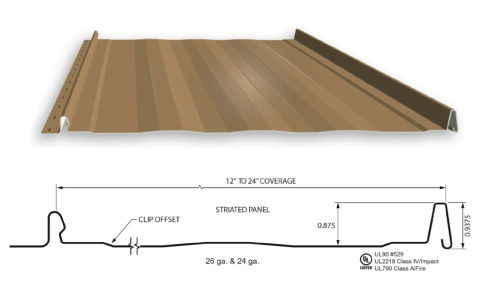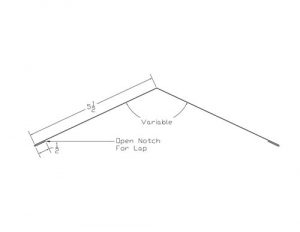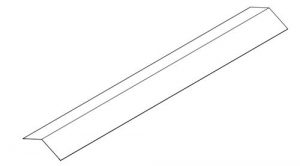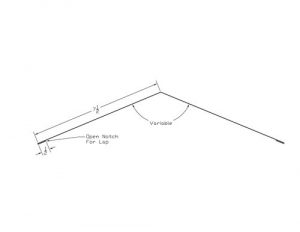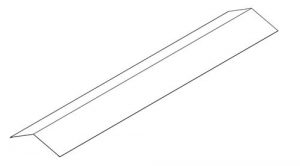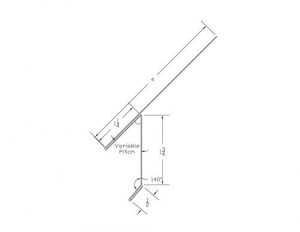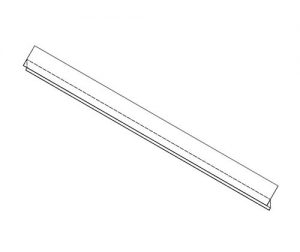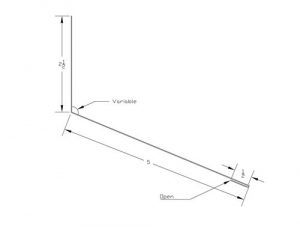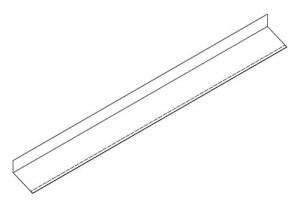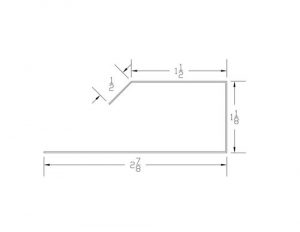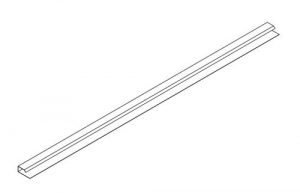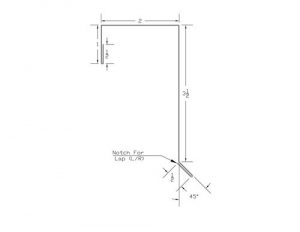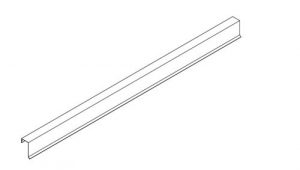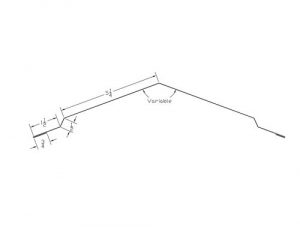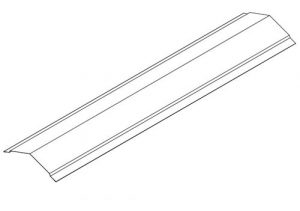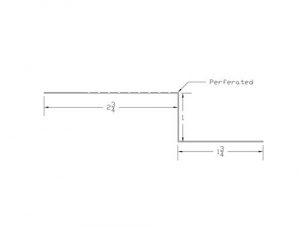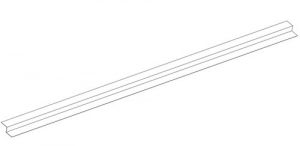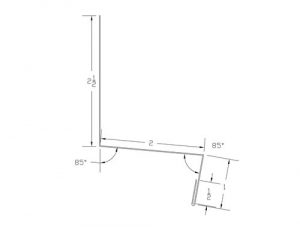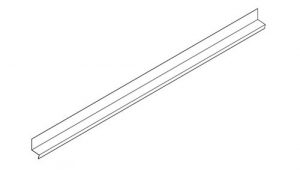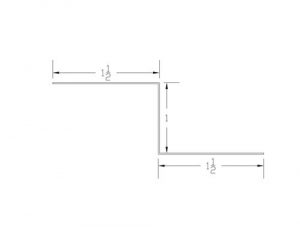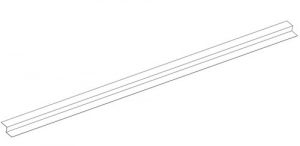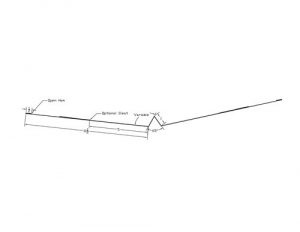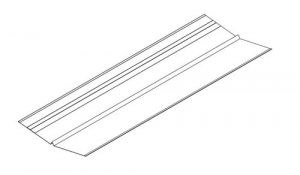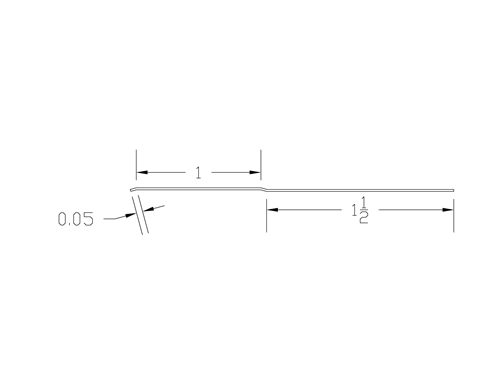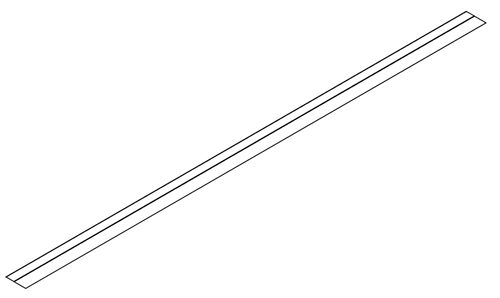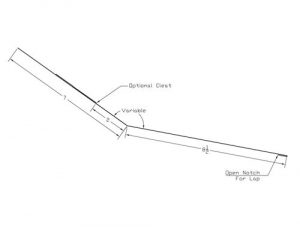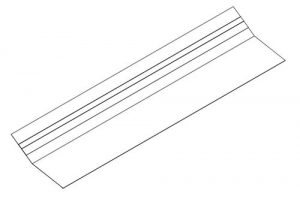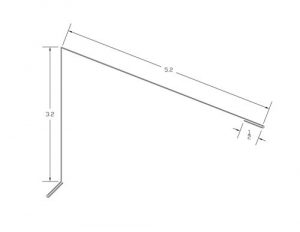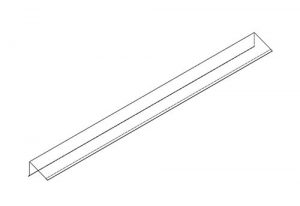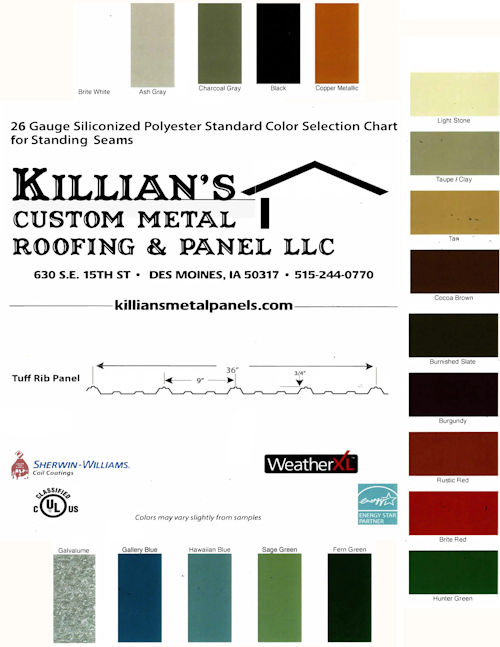A variety of standing seams to choose from
Standing Seam is an economical snap-together panel with a 1” standing seam for use over a solid deck. Panels are installed by using a pancake fastener in the panel’s fastening flange. We provide panels in 26ga using a 40 Year Sherwin Williams paint.
You’ll get multiple panel options and conditions to choose from, such as striations, ribbed, or flat pan. Our standing seam options are also available in custom widths. Contact our metal roofing experts and find out what standing seam option works best for you
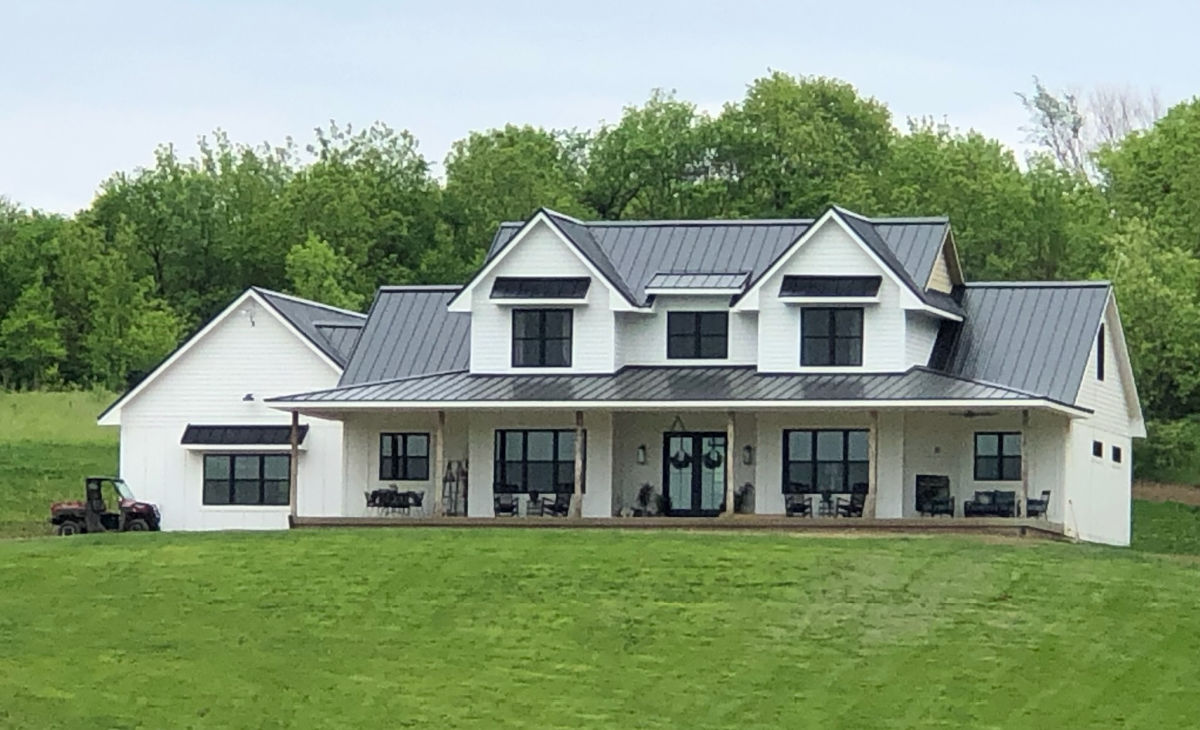
Standing Seams Panels
Standing Seam is an economical snap-together panel with a 1” standing seam for use over a solid deck. Panels are installed by using a pancake fastener in the panel’s fastener flange. Available in 26 ga. and 24 ga. Minimum recommended slope is 3:12. Pan striations required for all 26 ga. panels.
Standing Seam Trims
12″ Ridge
Covers the peak of the roof. Used to cap the intersection of a roof. Commonly used on a hip roof.
(Specify pitch on roofs steeper than 5/12.)
16″ Ridge
Covers the peak of the roof. Used to cap the intersection of a roof.
(Specify pitch on roofs steeper than 5/12.)
D Style Drip Edge/Extended Eave
Used at the eave or bottom of the roof and features a lip for the support as well as something to hem/attach the panel to.
Endwall
Flashes the area between the wall and the panel, where the panel runs perpendicular to the wall. Often used where an eyebrow or porch connects to the house.
J Rake
This is used is conjunction with rake, to prevent the use of thru fasten screws, and allows something to fasten the gable on to.
Gable/Rake Trim
Installed at the gable end of the roof to help hold down the panel as well as prevent water from blowing under the roof panels at the gable end.
Ridge Cap for Vented Zee
Covers the peak of the roof. This ridge is sculpted to allow for a vented zee bar.
Vented Zee Bar
Used with the sculpted ridge cap. Zee bar is needed to give something to fasten to the top of the panel. Vented zee has perforations to allow for airflow.
Sidewall
Sidewall flashing is applied when the side of the roof panel butts up against an adjacent wall.
Zee Closure
Zee’s are used in conjunction with ridge cap, hip cap, gable/rake, and high peak trim. Zees allow for something to fasten on top of the panel.
Valley
Used to flash valley connections. The center rib helps slow the velocity of water entering the valley.
Valley Cleat
Used to hold valleys in place under the panels.
Transition
Used where two roofs meet to flash the changes in pitch. Specify pitch of both roofs.
High Peak Trim
Used at the top of a shed type roof to keep water from blowing underneath the panels.
Standing Seam Specs
- 16” coverage standard for 26 ga.
- 12“, 16” & 18“ coverage standard for 24 ga.
- 1” snaplock rib
- Minimum slope 3:12
- Requires solid decking
- 19 WXL stock colors, plus galvalume, 26 ga.
- 5 PVDF stock colors, 26 ga.
- 32 PVDF stock colors, plus galvalume, 24 ga.
- UL Class A Fire rating
- UL Class IV Impact rating

Standing Seam Specs
- 16” coverage standard for 26 ga.
- 12“, 16” & 18“ coverage standard for 24 ga.
- 1” snaplock rib
- Minimum slope 3:12
- Requires solid decking
- 19 WXL stock colors, plus galvalume, 26 ga.
- 5 PVDF stock colors, 26 ga.
- 32 PVDF stock colors, plus galvalume, 24 ga.
- UL Class A Fire rating
- UL Class IV Impact rating

Standing Seam Panels
16″ Standing Seam Panel
Standing Seam is an economical snap-together panel with a 1” standing seam for use over a solid deck. Panels are installed by using a pancake fastener in the panel’s fastener flange. Available in 26 ga. and 24 ga. Minimum recommended slope is 3:12. Pan striations required for all 26 ga. panels.
Standing Seam Trims
12″ Ridge
Covers the peak of the roof. Used to cap the intersection of a roof. Commonly used on a hip roof.
(Specify pitch on roofs steeper than 5/12.)
16″ Ridge
Covers the peak of the roof. Used to cap the intersection of a roof.
(Specify pitch on roofs steeper than 5/12.)
D Style Drip Edge/Extended Eave
Used at the eave or bottom of the roof and features a lip for the support as well as something to hem/attach the panel to.
Endwall
Flashes the area between the wall and the panel, where the panel runs perpendicular to the wall. Often used where an eyebrow or porch connects to the house.
J Rake
This is used is conjunction with rake, to prevent the use of thru fasten screws, and allows something to fasten the gable on to.
Gable/Rake Trim
Installed at the gable end of the roof to help hold down the panel as well as prevent water from blowing under the roof panels at the gable end.
Ridge Cap for Vented Zee
Covers the peak of the roof. This ridge is sculpted to allow for a vented zee bar.
Vented Zee Bar
Used with the sculpted ridge cap. Zee bar is needed to give something to fasten to the top of the panel. Vented zee has perforations to allow for airflow.
Sidewall
Sidewall flashing is applied when the side of the roof panel butts up against an adjacent wall.
Zee Closure
Zee’s are used in conjunction with ridge cap, hip cap, gable/rake, and high peak trim. Zees allow for something to fasten on top of the panel.
Valley
Used to flash valley connections. The center rib helps slow the velocity of water entering the valley.
Valley Cleat
Used to hold valleys in place under the panels.
Transition
Used where two roofs meet to flash the changes in pitch. Specify pitch of both roofs.
High Peak Trim
Used at the top of a shed type roof to keep water from blowing underneath the panels.

